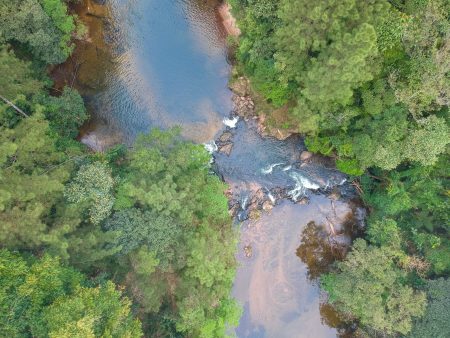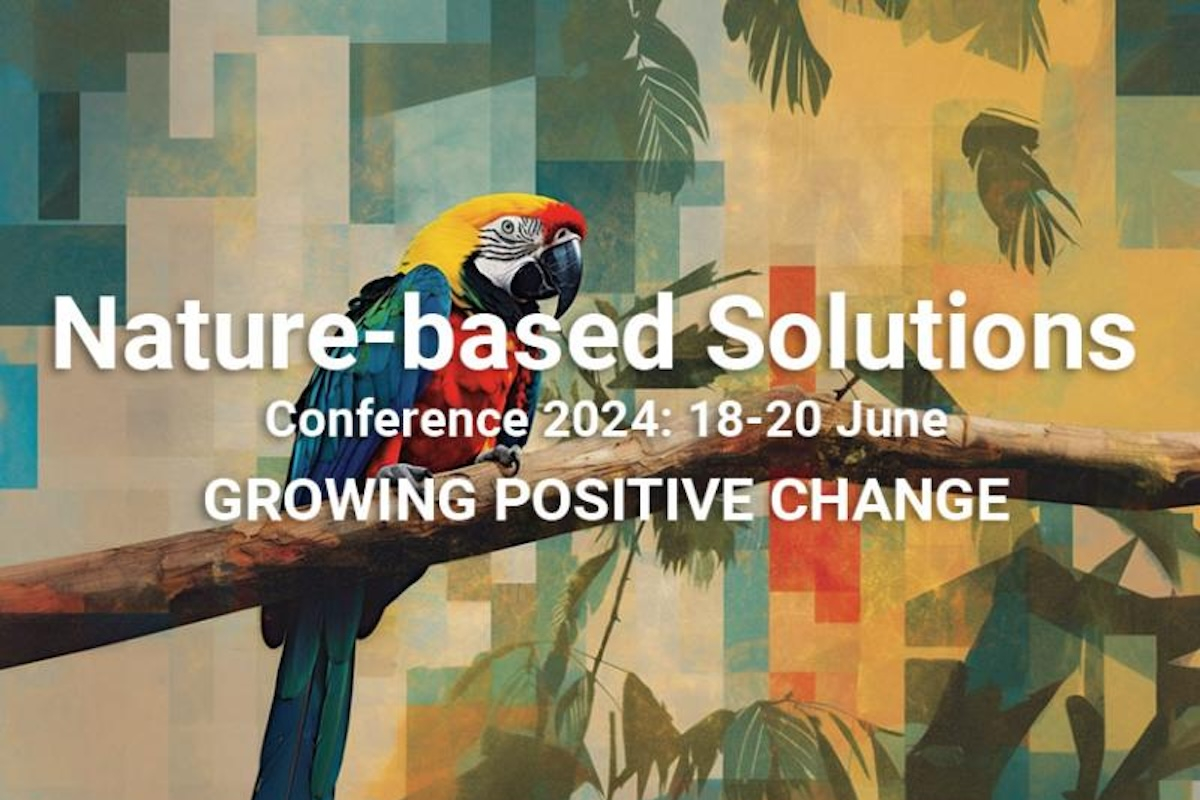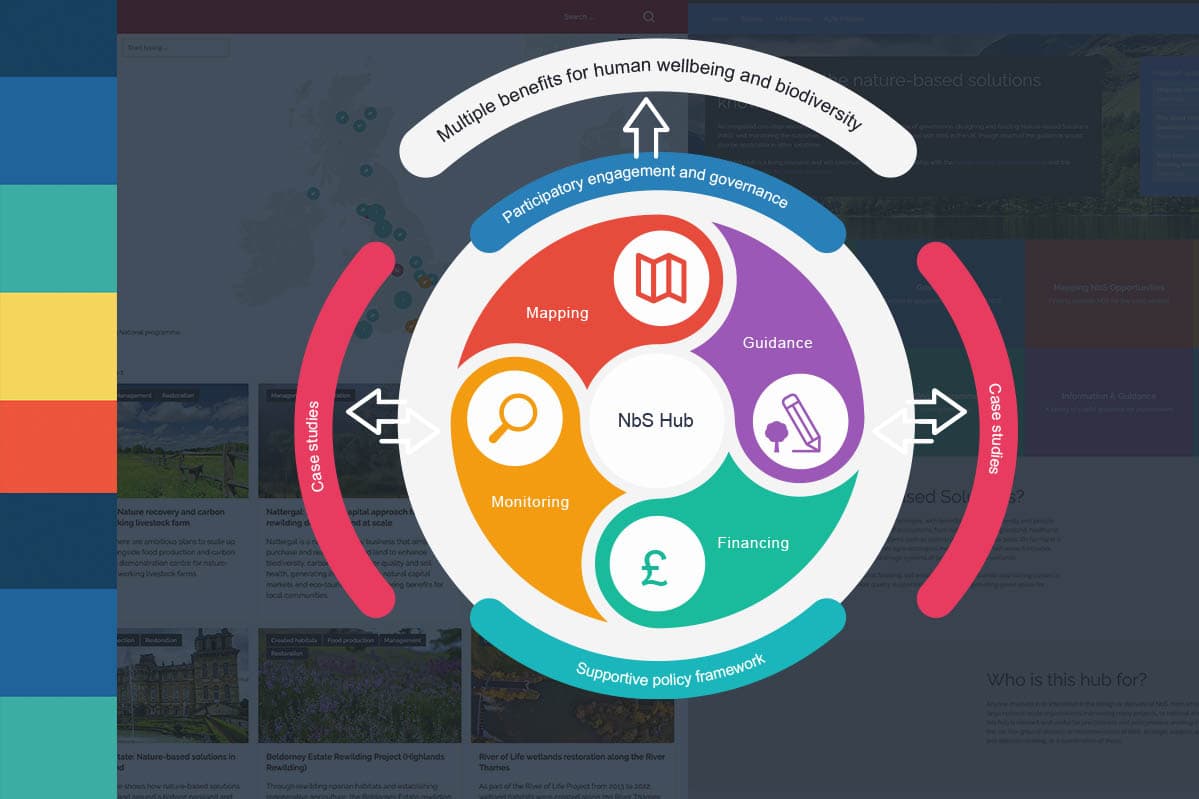Achieving cost‐effective landscape‐scale forest restoration through targeted natural regeneration

Crouzeilles et al. 2020
This paper quantifies the potential for natural regeneration across deforested areas of the Brazilian Atlantic Forest. By identifying socioeconomic and environmental factors that correlate with areas that regenerated naturally between 1996 and 2015, the authors identified 21.6 million hectares of land in the Atlantic Forest region that are likely to be suitable for natural (2.8 million) or assisted (18.8 million) regeneration by 2035. This far exceeds the restoration target of 6-15 million hectares by 2030-50. Using natural and assisted regeneration would reduce the cost of reforestation by up to 77% compared to tree planting.
Since natural regeneration generally occurs near to existing forest, it has potential to greatly reduce forest fragmentation, in turn increasing species persistence. Furthermore, forest regenerated (with or without assistance) can achieve a higher plant species richness compared to planted forest, creating a more diverse and resilient ecosystem and providing greater long-term financial returns through agroforestry and sustainable forestry. However, strategies are needed to bridge the ‘forest restoration gap’, to maintain livelihoods during the transition between farming and forest maturity; this can involve using crops that grow without impeding forest growth.
The authors suggest that other biomes and regions should be mapped for regeneration potential, in order to inform the investment in restoration in locations that will reap the greatest returns. ‘Tree planting’ has become a household term over the past year, but perhaps ‘natural forest regeneration’ deserves to become better known.
Read the paper here.




